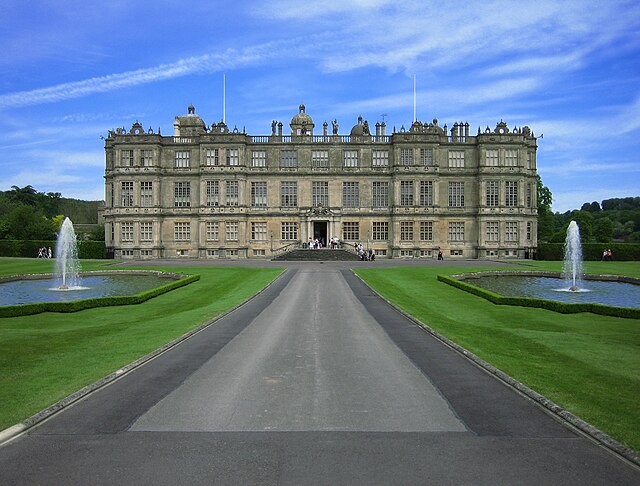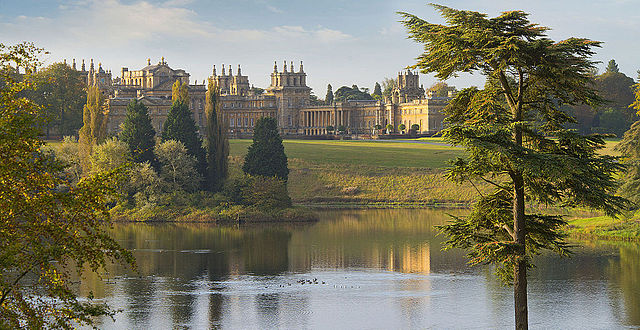Rousham House is a country house at Rousham in Oxfordshire, England. The house, which has been continuously in the ownership of one family, was built circa 1635 and remodelled by William Kent in the 18th century in a free Gothic style. Further alterations were carried out in the 19th century.
Rousham House
The river Cherwell
Statue based on the Dying Gaul (or Dying Gladiator) in Rome
Statue detail
An English country house is a large house or mansion in the English countryside. Such houses were often owned by individuals who also owned a town house. This allowed them to spend time in the country and in the city—hence, for these people, the term distinguished between town and country. However, the term also encompasses houses that were, and often still are, the full-time residence for the landed gentry who dominated rural Britain until the Reform Act 1832. Frequently, the formal business of the counties was transacted in these country houses, having functional antecedents in manor houses.
Belton House is an English country house in Lincolnshire
In the 20th century Longleat House was the first country house to open to the paying public, and also claims the first safari park outside Africa.
Blenheim Palace
Forde Abbey in Dorset. Many country houses have evolved and been extended over several centuries. Here, the architecture runs from Medieval ecclesiastical to Palladian and on to Strawberry Hill Gothic, while at sometime an attempt at unity has been made by the use of crenelation.








